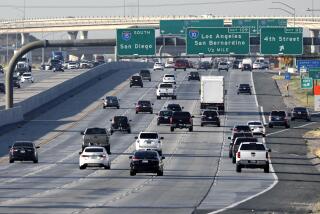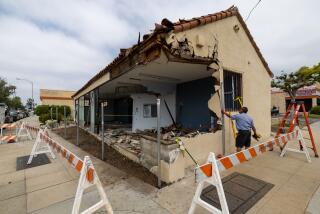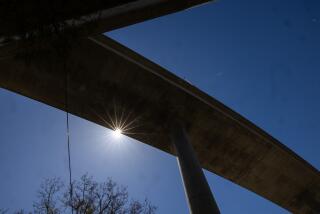Column: Our other pandemic — speeding cars and lost lives
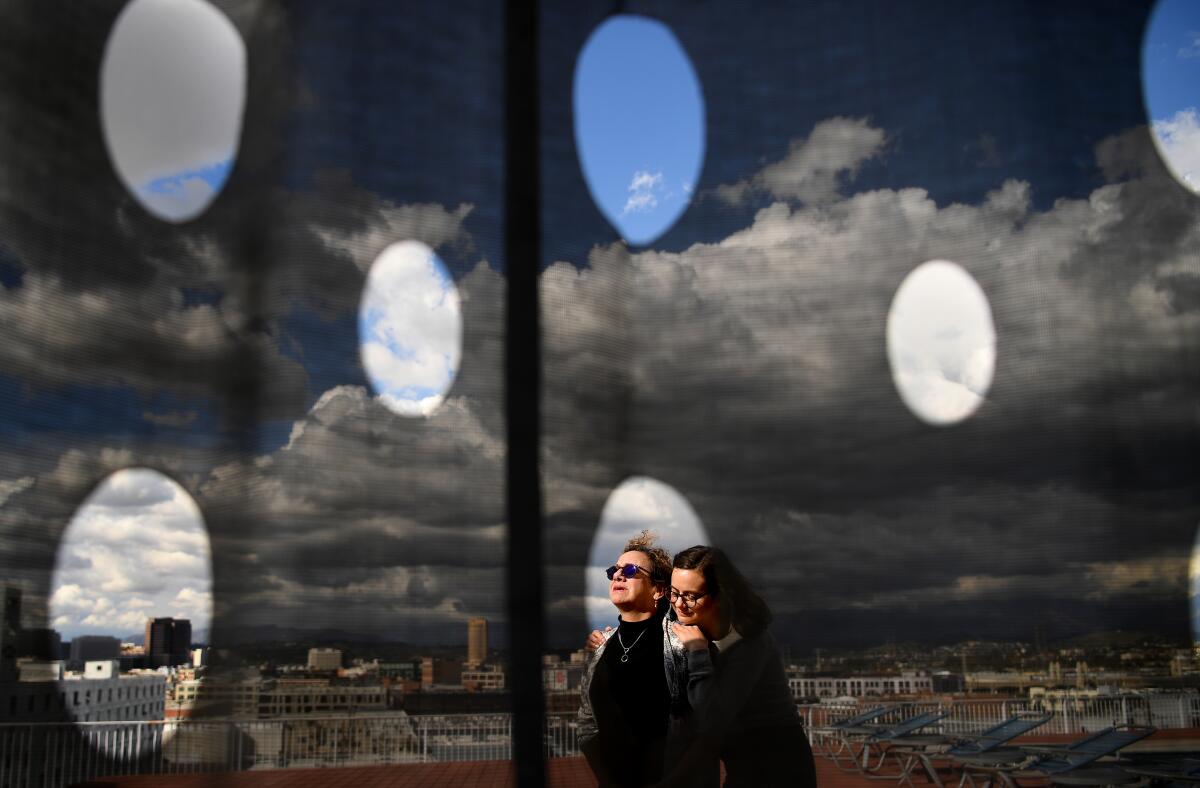
- Share via
Early last May, Larry Brooks told his wife he was going for a walk in the Arts District. He left their loft about 11 a.m., and soon after, his wife, Anna Marie Piersimoni, heard sirens. Then the police knocked on her door.
Brooks, a 68-year-old psychologist, had been struck and killed by a speeding McLaren sports car, a roughly $280,000 vehicle designed to go as fast as 200 miles an hour. The 23-year-old driver, a student, was arrested and charged with reckless driving and vehicular manslaughter.
About a month ago, 32-year-old office assistant Monique Munoz was heading home to Hawthorne after work one evening. Her parents wondered why she was so late, but Munoz, who wanted to be an attorney, didn’t answer her phone. Eventually, a police officer did.
Munoz had been killed when a $200,000-plus Lamborghini SUV, traveling at a “high rate of speed,” according to the Los Angeles Police Department, slammed into her vehicle near Overland and Olympic. The driver, 17, was arrested on suspicion of vehicular manslaughter.
Both the Brooks and Munoz families were shattered by the sudden, violent, unexpected and senseless loss of loved ones. Two lives were ended almost instantly by young drivers in cars costing more than many working people earn in years. For the survivors, there is no end to the grieving.
To Piersimoni, “vehicular weaponry gone amok” destroyed her husband.
Isaac Cardona, Munoz’s stepfather, can’t stop thinking about how the place where his hardworking stepdaughter died “isn’t a raceway. It’s a residential street, with a speed limit.”
In the year of the pandemic, posted speed limits seemed to have stood for nothing at all. Lighter traffic has meant more speeding and reckless driving, even though there have been fewer collisions because of the dramatic decrease in traffic. The speeders are everywhere. I’ve seen them, and I bet you have, too. On city streets and on freeways, racing up from behind me in my rearview mirror, weaving between cars and blasting past me like I’m going in reverse.
In the first month of the pandemic last spring, the California Highway Patrol reported that although traffic volume was down 35%, the number of citations for driving in excess of 100 miles an hour had increased by 87% over the same period a year earlier. Between Sept. 1 and Oct. 31, 4,851 more CHP citations were issued for speeding at 100 miles an hour or more, a 93% increase over the same period a year earlier.
That speeding has consequences, as the families of Munoz and Brooks know all too well.
The CHP said that according to the most recent stats available, from three years ago, speeding was a factor in about one-third of the collisions involving death and serious injury.
The Times reported last April that, with so few cars on the road, brazen street racing was popping up all over the state. But speeding isn’t limited to organized events. It’s in every neighborhood every day.
In Los Angeles, the number of traffic fatalities dipped slightly in 2020, down to 238 from 246 a year earlier. But that slight decrease occurred even though traffic volume was down as much as 30% to 50% at times last year, according to statistics from the Los Angeles Department of Transportation.
LAPD Cmdr. Gerald Woodyard, head of the traffic division, says that when his 15-year-old son asks him when he’ll be able to get a car, Woodyard tells him, “When you’re 30.” The number of distracted drivers and those under the influence of drugs or alcohol is frightening enough, even without speeds as a factor.
“Slow down,” Woodyard said. “Be mindful of your neighbors. These vehicles, when driven at high speeds, decrease the ability to survive for you and the person you hit.”
Woodyard ran stats for the 12 pandemic months ending Feb. 28 of this year and found that fatal collisions in which speed was a factor increased from 15% to 21% of the total. Of the 253 fatalities, 117 involved pedestrians, and 48 of the victims were identified as “homeless or transient.”
Like COVID itself, vehicle collisions hit lower-income communities of color the hardest. The percentage of fatal and serious collisions increased the most in South Los Angeles, and Department of Transportation general manager Seleta Reynolds had an interesting explanation for those stats.
Although traffic volume decreased broadly during the pandemic, she said, it actually increased in low-income areas, which are home to more of the essential workers who couldn’t work from home. Reynolds said the huge demand for delivered goods, including groceries and takeout, has put fleets of drivers on the road at virtually all hours, seven days a week, earning low wages and hustling to survive.
The Vision Zero campaign, announced by L.A. Mayor Eric Garcetti in 2015, set an ambitious goal of eliminating traffic fatalities and injuries and making streets safer for drivers, pedestrians and cyclists by 2025. The progress, and the reviews, have not been sterling. In the Arts District, where Larry Brooks was killed, residents have begged for more sidewalks and crosswalks. A $15-million state grant for such improvements has yet to be put to work.
Budgets, bureaucracy, politics and competing priorities have stood in the way of safety improvements such as turn lanes, crosswalks, signage and enforcement throughout the city. But Reynolds said progress is being made and her department has identified 450 miles of city streets where more than two-thirds of the fatal and serious collisions have occurred, with improvements there being prioritized.
Once again, a high concentration of those streets can be found in low-income areas in South Los Angeles, the Eastside and parts of the San Fernando Valley.
In researching this column, two sources implored me not to use the word “accidents” in describing serious and fatal auto collisions, because they’re almost always avoidable. And that’s certainly the case in the deaths of Munoz and Brooks.
A few days ago, when I spoke to Isaac Cardona about his stepdaughter’s death, the father of the teen suspect driving the Lamborghini had just issued an apology to the Munoz family.
“There are no words I can say to alleviate the pain that you are experiencing,” James Khuri, an e-commerce multimillionaire who was featured in Forbes magazine, wrote on his Instagram page. The page also included photos of him with multiple high-end, high-speed sports cars.
“It’s too late,” said Cardona, who was preparing with his wife, Carol, to bury their daughter the morning after I spoke to him.
Cardona said Munoz had graduated with multiple associate degrees from West Los Angeles College and wanted eventually to go to law school and become a lawyer or work in the criminal justice system.
“She didn’t have a bad bone in her body,” he said.
Cardona told me the family was called to the police station the night of the crash, and an officer delivered the shocking news.
“My wife fainted,” Cardona said. He pounded the walls in anguish.
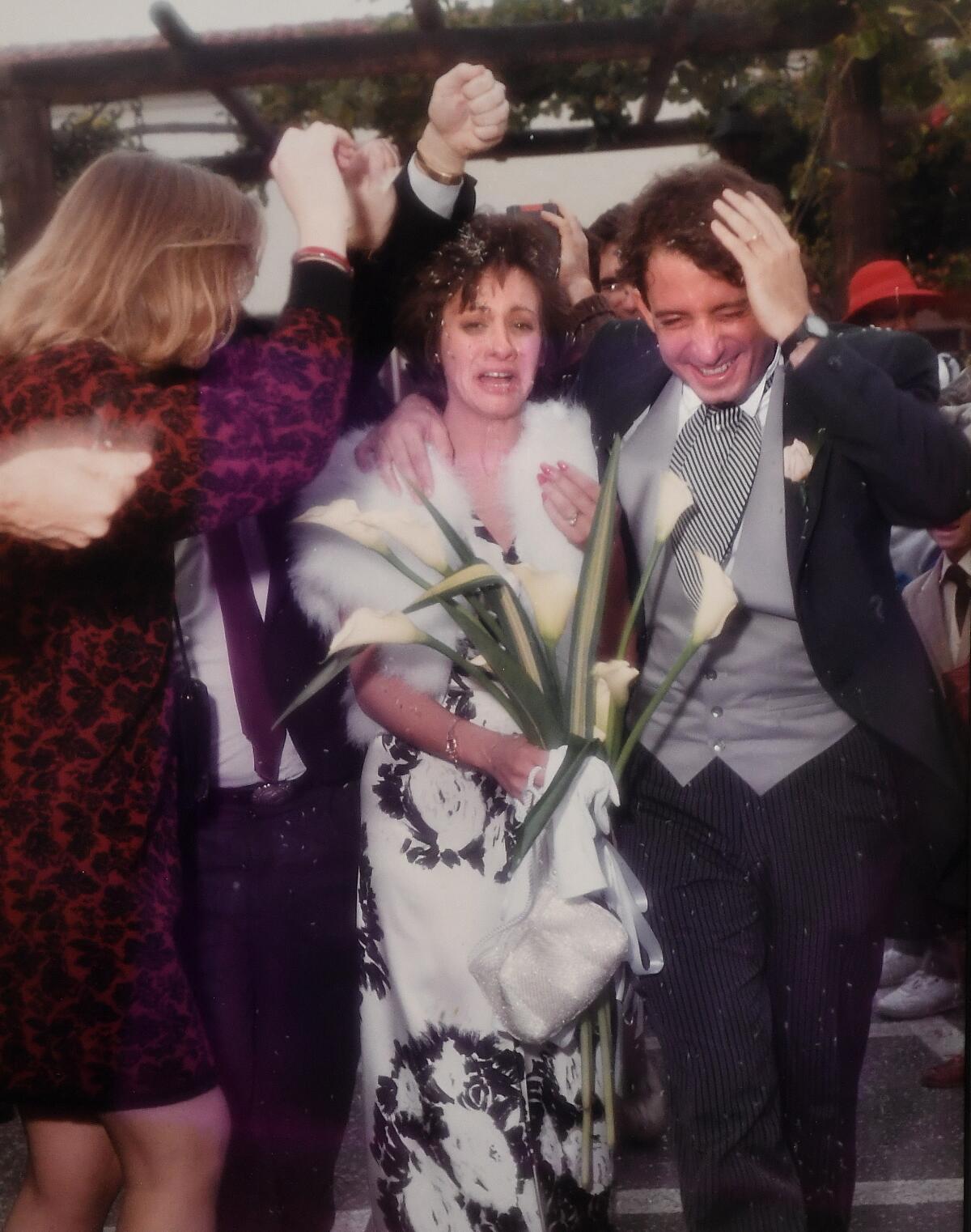
Larry Brooks was described by friends and loved ones as a devoted family man and an esteemed therapist who had often worked in underserved communities and specialized in child psychology. He taught psychiatric residents working in trauma care and set up an internship program for psychology students in South L.A.
Piersimoni, an artist and teacher, told me her husband stood with her during a fierce battle with breast cancer.
After their daughter Nina and son Marc went off to college, Brooks and Piersimoni moved downtown from their longtime home in Silver Lake in 2014, and Brooks loved the urban living, the freedom of apartment living with no yard chores, and jazz night at the Urban Radish. He worked out in a gym and took walks through the neighborhood to stay in shape.
Ka Leung Chan, who lived in the neighborhood and attended the Southern California Institute of Architecture on a student visa, was traveling south on Santa Fe in his McLaren on the morning of May 4, according to an LAPD report. The speed limit there is 30 miles an hour.
Chan told police he swerved to avoid a car that was pulling out and said he was going “less than 60” at the time. His car struck multiple other cars and plowed into Brooks, who had been walking south on Santa Fe, toward home.
Brooks’ shoes were knocked off. His left leg was severed. He was dead at the scene.
A preliminary hearing is scheduled April 5 for Chan, who is charged with vehicular manslaughter and also faces a wrongful-death lawsuit.
Piersimoni, still shattered, sorts through memories and photos that bring both joy and more heartbreak. She wears her husband’s wedding ring as a pendant, and last week, in the loft they shared, she came upon a printed copy of their wedding vows.
“I vow to believe in an afterlife,” Brooks told his bride, “if only to give us more time together.”
More to Read
Sign up for Essential California
The most important California stories and recommendations in your inbox every morning.
You may occasionally receive promotional content from the Los Angeles Times.

